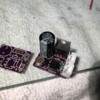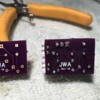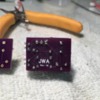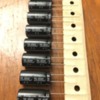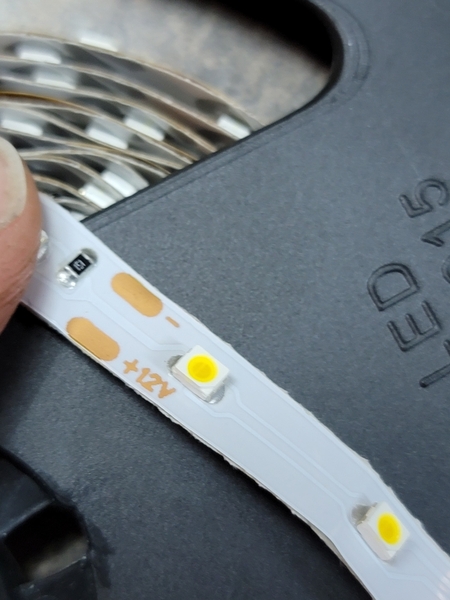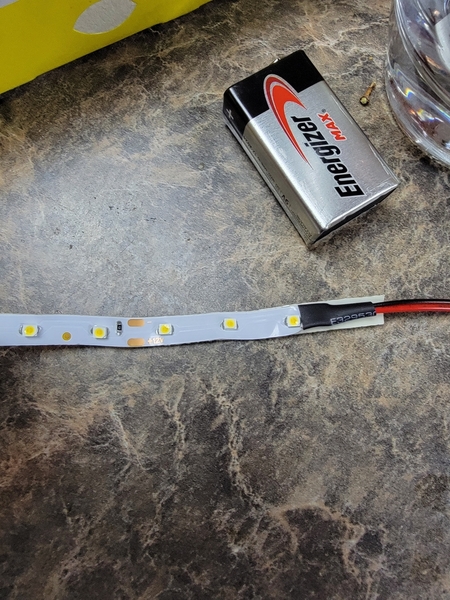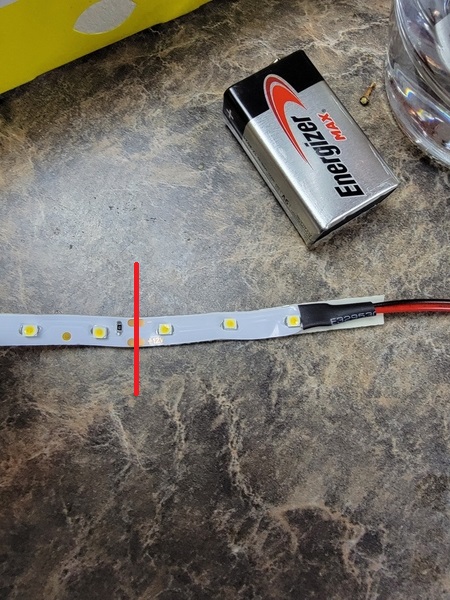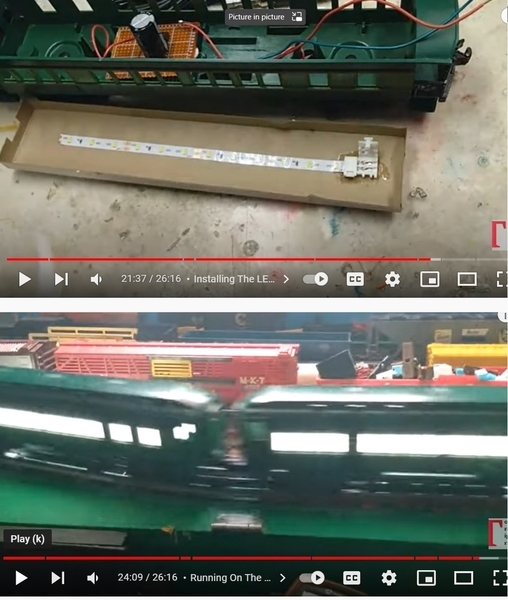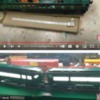The capacitor is simply a storage device, the larger the capacitance, the more energy it can store. The intensity of the lighting (and thus the current draw) will determine how long the energy in the cap lasts to keep the lights on.
Truthfully, I really have not had issues with the 470uf value of the cap, even at slow speeds over switches. If you're seeing issues, I'd be checking the integrety of the pickup rollers and wheel axle wipers that supply the power. Normally with passenger cars over switches, at least one roller should be on the powered track, and any power interruptions would be very small. What kind of switches are you seeing this effect on?




